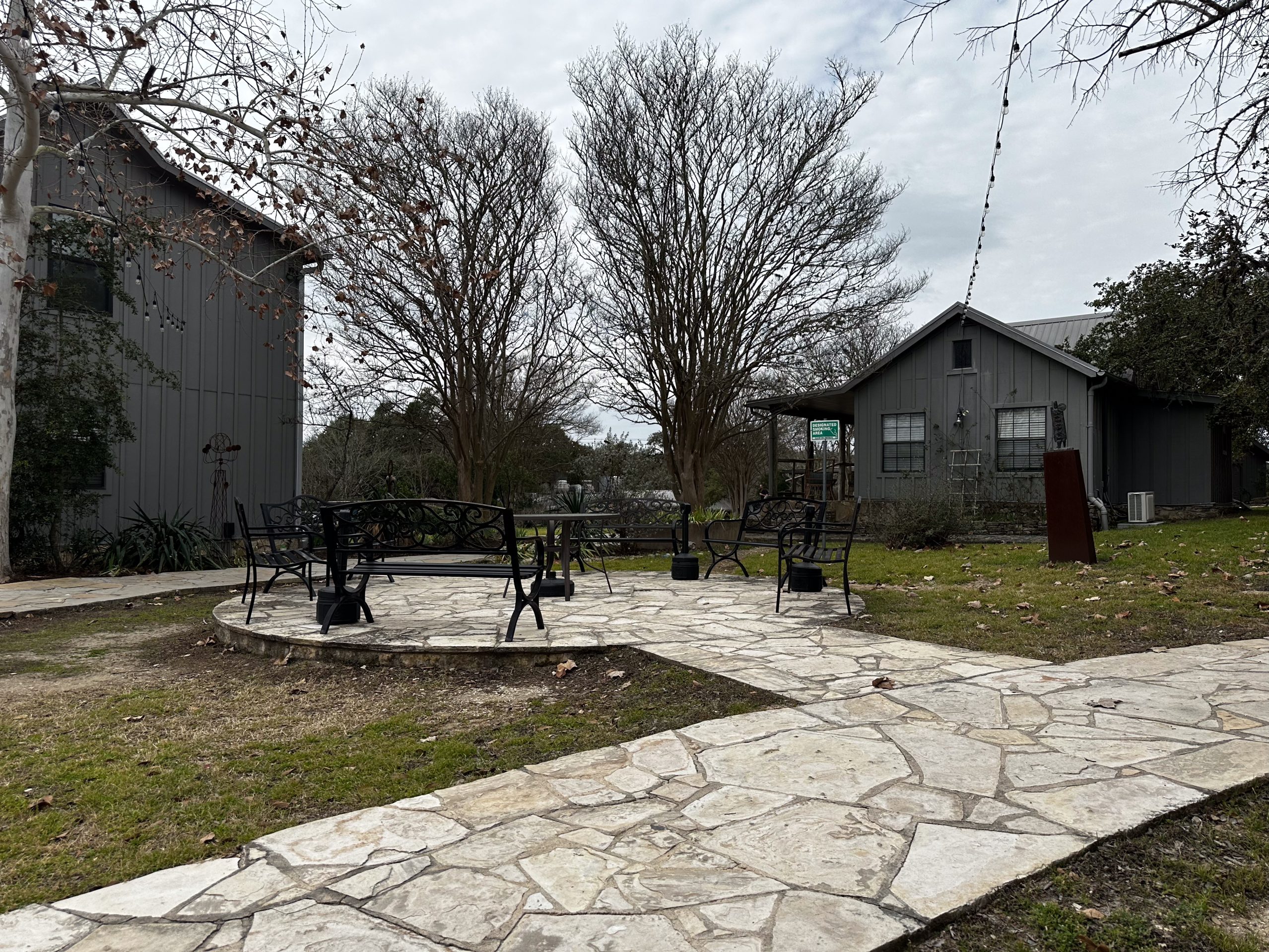Brexpiprazole (Rexulti): Uses, Dosing, Side Effects, Interactions, and Safety—A Complete Guide
GET HELP TODAY!
100% Confidentiality Guaranteed


Key Takeaways
What it treats (US): Adjunct to antidepressants for major depressive disorder (MDD) in adults; schizophrenia in adults and ages 13–17; agitation associated with dementia due to Alzheimer’s disease (AAD) in adults—the first FDA-approved medication for AAD (2023).
How it works: An atypical antipsychotic that modulates dopamine and serotonin; once-daily dosing with ~91-hour half-life.
Boxed warnings: Increased mortality in elderly patients with dementia-related psychosis and suicidal thoughts/behaviors with antidepressants in younger patients. (Note: brexpiprazole is approved for agitation in Alzheimer’s dementia but not for dementia-related psychosis itself.)










What is Brexpiprazole?
Brexpiprazole (brand Rexulti) is a second-generation (atypical) antipsychotic. In adults, it’s indicated for adjunctive treatment of MDD and for schizophrenia. It’s also indicated for agitation associated with dementia due to Alzheimer’s disease (AAD)—the first FDA-approved drug for this use (May 2023). In pediatrics, it’s approved for schizophrenia in ages 13–17. This page is educational and not a substitute for medical advice. Always follow your prescriber’s guidance.
Approved Indications & Who It Helps
Major Depressive Disorder (Adjunct, adults): Added to an antidepressant when depression hasn’t adequately responded.
Schizophrenia (adults and ages 13–17): Improves positive/negative symptoms with once-daily dosing.
Agitation associated with dementia due to Alzheimer’s disease (adults): FDA approved in 2023; not for PRN (“as-needed”) use.
Important limitation: Brexpiprazole is not approved for dementia-related psychosis without agitation; the boxed warning for increased mortality in elderly with dementia-related psychosis still applies.
How Brexpiprazole Works
Brexpiprazole affects dopamine (D2) and serotonin receptors (e.g., 5-HT1A/5-HT2A) in a way that stabilizes signaling rather than fully blocking it, which can help reduce hallucinations, improve thought organization, and smooth mood symptoms when used for approved indications. The drug’s ~91-hour half-life supports once-daily dosing and gradual transitions.
Forms & Strengths
Oral tablets typically in strengths such as 0.25 mg, 0.5 mg, 1 mg, 2 mg, 3 mg, and 4 mg, enabling careful titration for MDD adjunct, schizophrenia, and AAD. (Check current PI for exact strengths available.)
Dosing & Titration (Label-Based Examples)
Dosing & Titration (Label-Based Examples)
Adjunctive Treatment of MDD (Adults)
Start: 0.5 mg or 1 mg once daily
Titrate: Increase weekly to 1 mg once daily, then to 2 mg once daily based on response/tolerability
Target: 2 mg once daily
Max: 3 mg/day
Schizophrenia (Adults)
Typical range: 2–4 mg once daily
Max: 4 mg/day
Schizophrenia (Pediatric 13–17)
Days 1–4: 0.5 mg once daily
Days 5–7: 1 mg once daily
Day 8 onward: 2 mg once daily; weekly increases by 1 mg as needed
Target: 2–4 mg/day
Max: 4 mg/day
Agitation Associated with Alzheimer’s Dementia (Adults)
Week 1: 0.5 mg once daily
Week 2: 1 mg once daily
Week 3: 2 mg once daily (target)
May increase to: 3 mg once daily after at least 14 days based on response/tolerability
Not for PRN use
Discover More Antipsychotics and Mood Stabilizers Medications
Everything You Need to Know...
Dose Adjustments (Renal, Hepatic, CYP, PGx)
Hepatic impairment: Lower maximum dose in moderate–severe impairment (see PI).
Renal impairment: Adjust per PI when moderate–severe.
CYP2D6 poor metabolizers: Reduce usual dose by half; additional reductions when combined with CYP3A4 inhibitors.
Strong CYP3A4 inhibitors (e.g., ketoconazole) or 2D6 inhibitors (e.g., fluoxetine, paroxetine): Reduce brexpiprazole dose;
Strong CYP3A4 inducers (e.g., carbamazepine, rifampin): may require higher doses or alternative strategy—follow PI.
How to Take It
Once daily, with or without food. Consider taking it at the same time daily to simplify adherence.
If you miss a dose, take it when remembered unless it’s close to the next dose—don’t double up (follow your prescriber’s advice).
Long half-life (~91 h) means levels change gradually; dose changes may take days to weeks to show full effect.
More Time. More Joy. More You. Start Now.
WE ACCEPT MOST INSURANCES







Side Effects & Safety
Common Effects
Somnolence/sedation, headache, dizziness, fatigue, GI upset, and weight gain/metabolic changes can occur. Clinicians often monitor weight, glucose, and lipids over time.
Movement-Related & Impulse-Control
Akathisia/restlessness and other extrapyramidal symptoms are possible; report new or worsening restlessness.
Rare impulse-control behaviors (gambling, shopping, binge eating) have been reported with some antipsychotics; seek medical advice if urges emerge. (See PI/ISI.)
Boxed Warnings (Black Box)
Increased mortality in elderly with dementia-related psychosis (brexpiprazole is not approved for dementia-related psychosis).
Suicidal thoughts/behaviors in children, adolescents, and young adults taking antidepressants—relevant when used as adjunct in MDD. Close monitoring is essential when starting or changing dose.
Cardiometabolic & Other Serious Risks
Metabolic changes (hyperglycemia/diabetes, dyslipidemia, weight gain), orthostatic hypotension/falls, leukopenia/neutropenia, seizure risk, tardive dyskinesia, neuroleptic malignant syndrome (NMS), and QT concerns with co-administration of QT-prolonging agents—review full PI.
Interactions You Should Know About
CYP2D6/CYP3A4: Many antidepressants (e.g., fluoxetine, paroxetine, bupropion) or antifungals/antibiotics (ketoconazole, clarithromycin) affect these pathways and may require dose adjustments. Carbamazepine/rifampinmay decrease exposure.
Alcohol & cannabis: Can worsen drowsiness, dizziness, or judgment; clinicians typically advise avoiding or minimizing. (Patient site guidance.)
Pharmacogenomics (PGx): CYP2D6 poor metabolizers need lower doses, and combined inhibitor use can necessitate further reductions.
Pharmacokinetics at a Glance
Half-life: ~91 hours (major metabolite DM-3411 ~86 h) → supports once-daily dosing and gradual changes.
Tmax: ~4 hours after oral dose.
Metabolism: Primarily CYP2D6 and CYP3A4.
Elimination: Feces (~46%) and urine (~25%).
Special Populations
Elderly with dementia-related psychosis: Not approved (boxed warning), except the AAD indication (agitation in Alzheimer’s) where dosing is specified; still monitor risks carefully.
Pregnancy/Lactation: Weigh risks/benefits with your clinician; consider timing given long half-life (expert commentary).
Renal/Hepatic impairment: Reduced maximum doses or careful titration per PI.
People with a health condition or a history of long-term use may need extended care for full stabilization.
Freedom Starts Here. Take Back Your Life Today.
Same-Day Admissions in Austin Available.
Cost & Access
Generic brexpiprazole availability varies; brand Rexulti is often covered with prior authorization. Manufacturer programs and coupons may reduce cost; check the Rexulti site and your insurer for current options.
Practical Tips Patients Ask About
When will I feel better? Some people notice calming/clearer thinking within days; full benefit may take several weeks. The long half-life means dose changes also take time.
What if I miss a dose? Take it when remembered unless close to the next dose; don’t double up.
Lifestyle matters: Sleep, nutrition, physical activity, therapy, and social support strongly influence outcomes alongside medication.
How Nova Recovery Center Can Help
Medication like brexpiprazole is only one part of a successful plan—especially when depression, schizophrenia, or Alzheimer’s-related agitation intersects with substance use or functional challenges. At Nova Recovery Center (Austin, TX), we provide a full continuum of care:
Medical Detox: Safe stabilization for co-occurring substance use before deeper work begins.
Residential Treatment (90-day model): Evidence-based therapies, relapse-prevention skills, psychiatric coordination, and holistic services.
Intensive Outpatient Program (IOP): Flexible therapy blocks, skills practice, and accountability while returning to daily routines.
Sober Living Homes: Structured, substance-free housing that supports accountability and peer connection.
Aftercare & Alumni: Ongoing groups, coaching, and community to sustain momentum long-term.
Family Support: Education and therapeutic resources so loved ones can heal alongside you.
Call (512) 605-2955 for confidential insurance verification or to discuss treatment options today.
Other Outpatient Drug and Alcohol Rehab Locations
Frequently Asked Questions About Brexpiprazole
What is brexpiprazole used for?
Adjunct to antidepressants for MDD in adults, schizophrenia in adults and ages 13–17, and agitation associated with dementia due to Alzheimer’s disease in adults.
How long does brexpiprazole take to work?
Some improvement may be seen in days, but several weeks are often needed for full effect; long ~91-hour half-life means gradual changes.
What is the usual dose for depression (adjunct)?
Start 0.5–1 mg once daily, titrate weekly to 2 mg, max 3 mg/day. Follow prescriber guidance.
What is the usual dose for schizophrenia?
Adults typically respond to 2–4 mg once daily; max 4 mg/day.
What dose is used for agitation in Alzheimer’s dementia?
0.5 mg/day (week 1) → 1 mg/day (week 2) → 2 mg/day target (week 3); may increase to 3 mg/day after ≥14 days. Not for PRN use.
Is brexpiprazole the same as aripiprazole?
No—while both are atypical antipsychotics that modulate dopamine/serotonin, they are distinct molecules with different labels, dosing, and PK properties. (See each PI.)
No—while both are atypical antipsychotics that modulate dopamine/serotonin, they are distinct molecules with different labels, dosing, and PK properties. (See each PI.)
It can contribute to weight gain and metabolic changes; clinicians monitor weight, glucose, and lipids.
What are the major warnings?
What are the major warnings?
What interactions should I know about?
CYP2D6/CYP3A4 inhibitors/inducers can require dose changes; tell your prescriber about all meds and supplements.
What is the half-life of brexpiprazole?
About 91 hours (major metabolite ~86 h), supporting once-daily dosing.

